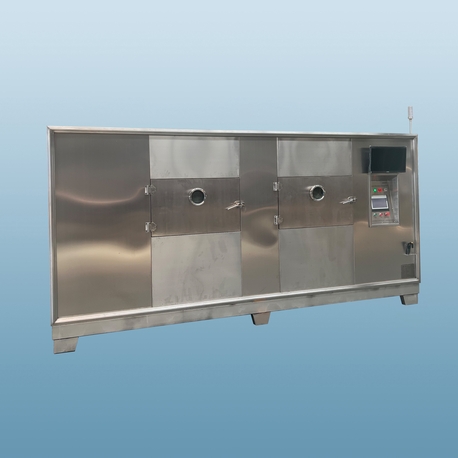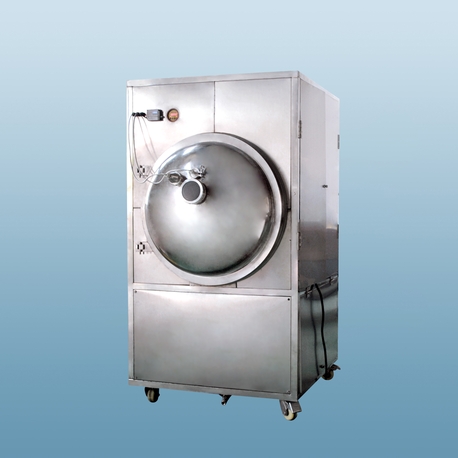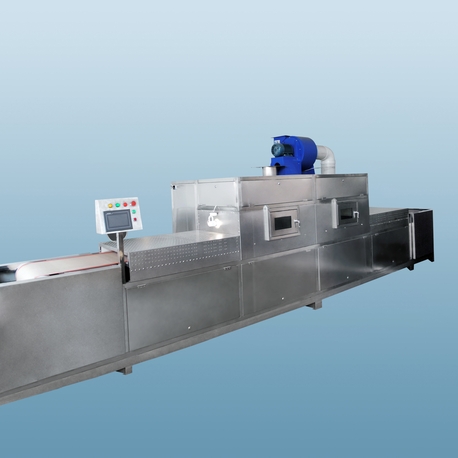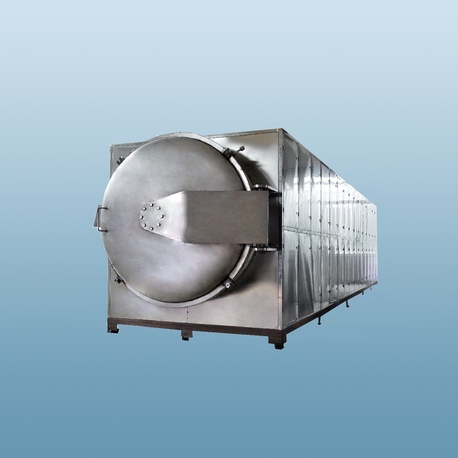In the competitive world of food processing, efficiency and quality are paramount. Whether you're a small-scale artisanal producer or a large industrial operation, preserving the shelf life, nutrients, and flavor of your fruit products is a constant challenge. Sun-drying, the traditional method, is unreliable, weather-dependent, and prone to contamination. This is where the industrial fruit drying machine becomes not just an asset, but a necessity. These sophisticated systems offer a controlled, efficient, and scalable solution for dehydrating fruits, unlocking new potentials for product quality and business growth. Brands like Nasan have been at the forefront, engineering robust dehydrators that meet the rigorous demands of the commercial sector.
This article delves into the core reasons why investing in a commercial-grade fruit drying machine is a transformative decision for any food-based business.

1. Unmatched Efficiency and Scalability in Production
For any commercial entity, time is money. A commercial fruit drying machine dramatically accelerates the dehydration process compared to traditional methods. What takes days under the sun can be accomplished in a matter of hours within a controlled dehydrator. This is achieved through precise management of temperature, airflow, and humidity.
Modern systems, like those developed by Nasan, are designed for continuous or batch processing, allowing businesses to scale their output to meet market demands. Imagine processing hundreds of kilograms of apple slices or berries per day, regardless of the weather outside. This level of scalability ensures consistent supply chains and enables businesses to fulfill large orders without compromising on production timelines.
2. Superior Product Quality and Nutrient Retention
One of the most significant advantages of using an industrial food dryer is the unparalleled control it offers over the final product's quality. Unlike sun-drying, which can lead to uneven drying, discoloration, and loss of vital nutrients, a machine maintains a consistent environment.
Color and Flavor: Precise low-temperature drying helps preserve the natural pigments and vibrant colors of fruits. It also locks in the intrinsic sugars and flavors, resulting in a superior-tasting product compared to sun-dried alternatives, which can often develop off-flavors.
Nutrient Preservation: Vitamins and enzymes are highly sensitive to heat and light. A professional fruit drying machine operates at optimized temperatures that effectively remove moisture while minimizing the degradation of heat-sensitive nutrients like Vitamin C and B vitamins.
3. The Technology Behind the Drying: How It Works
Understanding the operational workflow of a fruit drying machine highlights its engineering sophistication. The process isn't merely about applying heat; it's a carefully calibrated procedure.
Preparation: Fruits are washed, sorted, and often sliced to a uniform thickness to ensure even drying.
Loading: The prepared fruit is spread evenly on trays, which are then loaded into the drying chamber. In tunnel dryers or conveyor belt systems, the product moves continuously through different temperature zones.
The Drying Cycle: The machine circulates heated air at a controlled velocity across the product. The key is to remove surface moisture first and then draw out the internal moisture without case-hardening (where the outside becomes hard and seals in the moisture). Advanced models use dehumidification systems to efficiently remove moisture from the air, speeding up the process.
Cooling and Packaging: Once the target moisture content is achieved (typically between 10-20% for most fruits), the product is cooled to ambient temperature before being packaged in a low-humidity environment to prevent reabsorption of moisture.
4. Diverse Applications Across Industries
The use of a commercial fruit drying machine extends far beyond simply making dried snacks. Its applications are vast and critical to multiple sectors:
Snack Food Manufacturing: Producing retail packs of dried mango, banana chips, apple rings, and mixed fruit trail mixes.
Cereals and Bakery: Creating fruit inclusions for muesli, granola, cereals, and baked goods like muffins and bread.
Ingredient Production: Supplying powder and granule forms of fruits (e.g., strawberry powder, mango granules) to the dairy, beverage, and confectionery industries.
Export Market: Drying drastically reduces the weight and volume of fruit, slashing transportation and storage costs and making international trade more feasible and profitable.

5. A Smart Investment: Cost Savings and ROI
While the initial capital for a high-quality fruit drying machine can be significant, the long-term return on investment (ROI) is compelling.
Reduced Waste: It allows producers to preserve surplus or "ugly" fruit that might otherwise go to waste, turning potential loss into profit.
Lower Operational Costs: Automated systems reduce the labor required for loading, monitoring, and unloading compared to traditional methods.
Energy Efficiency: Reputable manufacturers design their dryers for optimal energy consumption. For instance, Nasan dryers often incorporate heat recovery systems that recycle thermal energy, significantly lowering fuel or electricity costs over time.
Value Addition: Transforming fresh fruit, which is perishable and low-margin, into a stable, high-value shelf product directly boosts profitability.
Choosing the right partner for this technology is crucial. It's not just about buying a machine; it's about investing in a solution that will drive your business forward for years to come.
Frequently Asked Questions (FAQs) About Commercial Fruit Drying Machines
Q1: What types of fruits can be processed in an industrial fruit drying machine?
A1: Virtually all fruits can be processed in an industrial fruit drying machine. Common examples include apples, bananas, mangoes, berries, pineapples, and citrus peels. The key is adjusting the machine's parameters—such as temperature, airflow, and drying time—to suit the fruit's specific moisture content, sugar level, and texture.
Q2: How does the energy consumption of a commercial dehydrator compare to traditional methods?
A2: While a commercial food dryer uses significant energy, it is far more efficient per unit of output than traditional methods. Modern machines are engineered with insulation, precise controls, and often heat pump technology to maximize thermal efficiency. This results in a faster, more reliable process with a lower effective energy cost per kilogram of dried fruit than unpredictable and lengthy sun-drying.
Q3: What is the typical lifespan of a well-maintained commercial fruit dryer?
A3: The lifespan of a commercial fruit drying machine heavily depends on the build quality, operating environment, and adherence to a strict maintenance schedule. A robust machine from a reputable manufacturer, like those built by Nasan, can easily last 15 to 20 years or more. Regular cleaning, inspection of fans and heating elements, and calibration of sensors are essential for longevity.
Q4: Can these machines handle other products besides fruit?
A4: Absolutely. A commercial food dryer is incredibly versatile. Beyond fruits, they are commonly used for dehydrating vegetables (herbs, onions, tomatoes), meats (for jerky), seafood, and even certain types of pasta and grains. The flexibility to process multiple product lines makes it a highly valuable asset.
Q5: What are the key safety features to look for in a commercial-grade dehydrator?
A5: Safety is critical in an industrial setting. Key features to look for include:
Over-temperature Protection: Automatic shutdown if temperatures exceed safe limits.
Fire Suppression Systems: Especially important for products with high sugar content.
Stainless Steel Construction: For food safety, corrosion resistance, and ease of cleaning.
Emergency Stop Buttons: Easily accessible on the control panel.
Proper Electrical Certification: Ensuring the machine meets national and international electrical safety standards.









